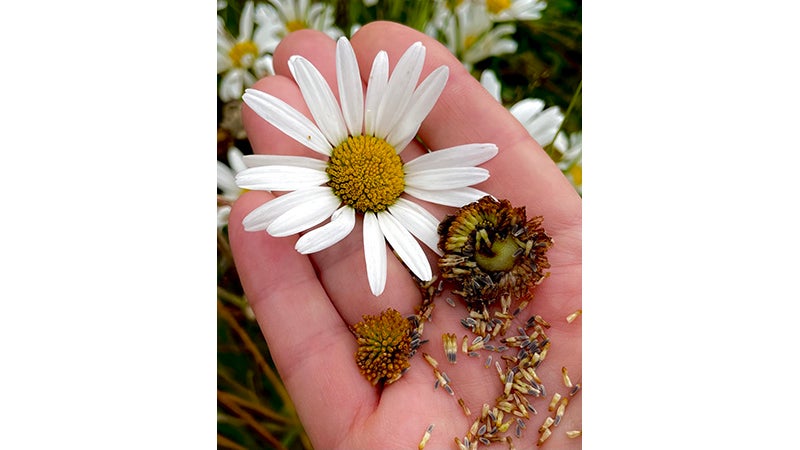Rescuing orphan plants and seeds
Published 12:00 pm Sunday, July 11, 2021
|
Getting your Trinity Audio player ready...
|
Some people rescue wandering puppies or kittens; I rescue worms from sidewalks, and neglected plants. With permission.
Sometimes there is a roadside project or overgrown lot about to be developed that will wipe out a stand of wildflowers, or a neighbor or friend has passed away; leaving behind a cache of botanic orphans.
I have even snagged plants from neighbors’ curbs on trash day, saving them from the landfill. One of my flower show blue ribbon-winning potted plants started out as such a broken-potted, soil-less pavement waif, which I coddled back to glory.
Not that I try to save every needy flower I come across; there’s not enough room in my neighborhood for all the zinnia plantlets I thin from overseeded beds, every oak that comes up from a squirrel-forgotten acorn, or every cutting made from my roses. And I can’t have every wildflower that catches my eye.
But in my less-than-pristine past I was bad about “liberating” plants found languishing around derelict houses and weedy lots. Usually I got permission, but occasionally I just made certain the owners were long gone and neighbors wouldn’t care. Yeah, it was wrong, and not a legal defense claiming that guerilla gardeners have been salvaging lost plants like this for centuries.
In the years correcting my youthful clandestine indiscretions, I no longer collect without permission from the property owners. Last thing this old guy needs is to be arrested for trespassing and petty theft of plants I probably already grow at home or could easily get from commercial sources.
Besides, no matter the circumstances, brazenly digging plants still looks shifty, and can be irresponsible. So here are some practical guidelines from an old pro, mostly how to avoid killing the plants you are trying to save.
First rule of thumb, the hardest, is to resist instant gratification: Don’t grab plants in full bloom, partly because it’s usually the harshest season for plants to survive being dug, and because someone will always see and know what you are up to. Instead, mark the ones worth moving, noting where the mark is, then satisfy your need for instant gratification by take a photo, or snipping a few flowers to celebrate in a vase. Wave cheerily when someone sees you – and they will – to indicate you’re just making a sweet bouquet.
Then go back in later, in that plant’s dormant season when it’s the right time to dig, find your special mark, and dig. In general, this will be the season opposite of when a plant flowers; if it blooms in the winter or spring, dig in the fall; if it blooms in the summer, dig in the winter.
I know it’s hard to resist, but if you’re going to do it, do it right so the plants have a better chance of survival. And you are less likely to get caught if you trying not to.
And never take them all. Never. Whether it’s antique daffodils, iris, gladiolus, or wildflowers along a roadside (which are illegal or at least unethical to dig, by the way), leave some as insurance that your well-meant intervention won’t wipe out the entire population of plants. Hint for saving wildflowers in bloom: Don’t. Or if you must, never take those in bloom – find some nearby flowers that have matured completely, and grab some seeds. Nearly always works better.
And by the way, my special mark is a little broken piece of cobalt blue glass. If you come across one in a seemingly empty lot, it’s probably mine. Leave it alone, go find your own plants to rescue.
Felder Rushing is a Mississippi author, columnist, and host of the “Gestalt Gardener” on MPB Think Radio. Email gardening questions to rushingfelder@yahoo.com.






